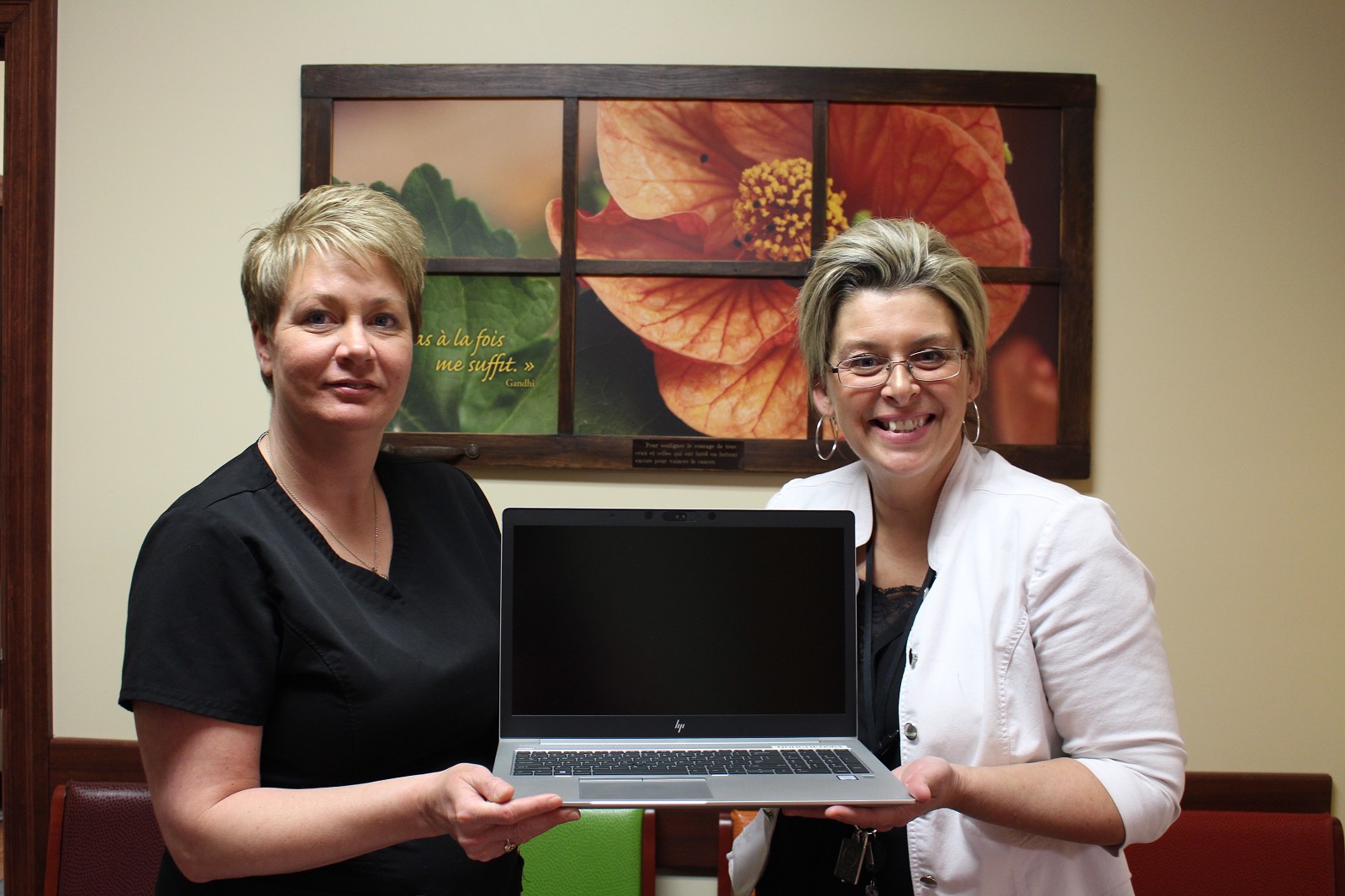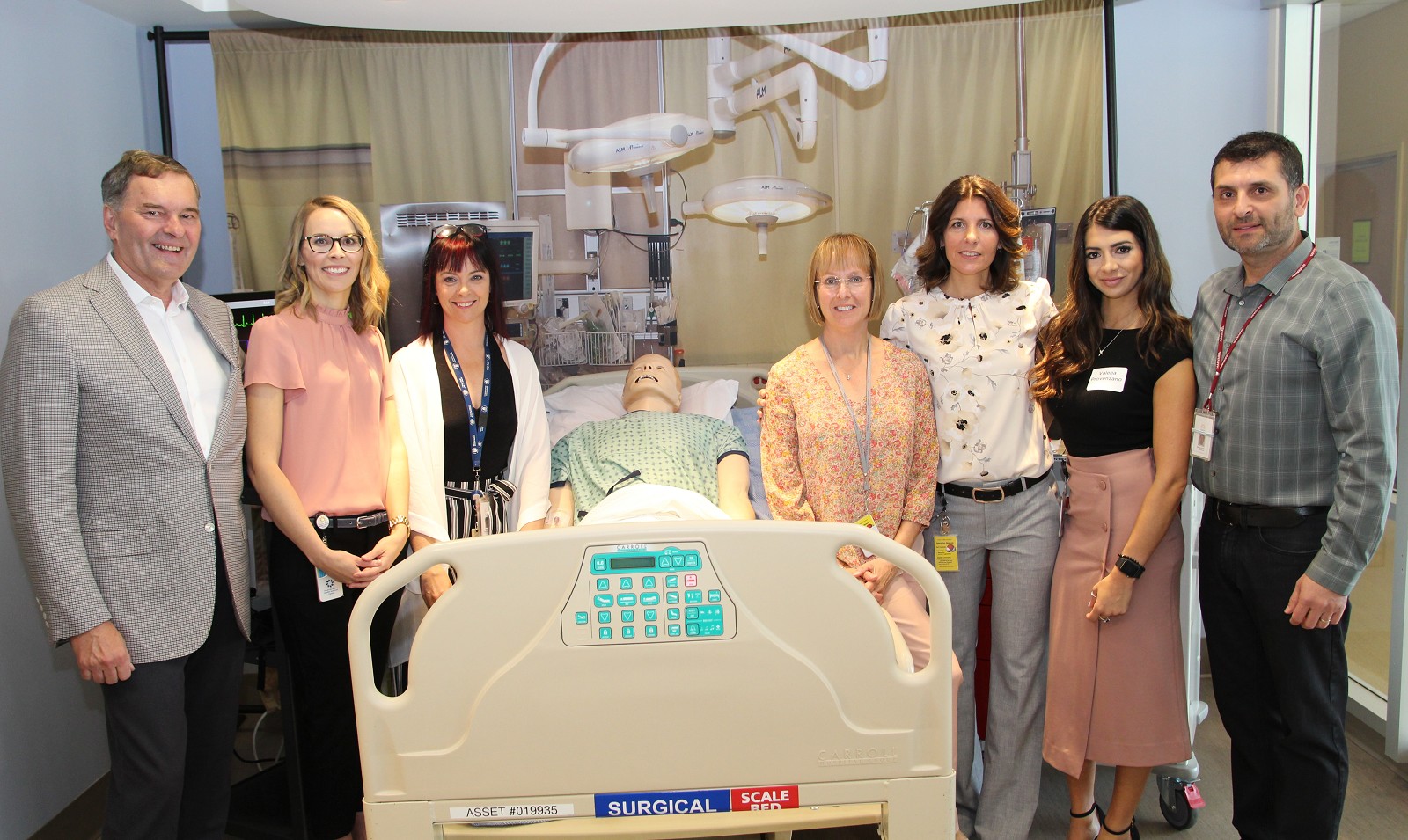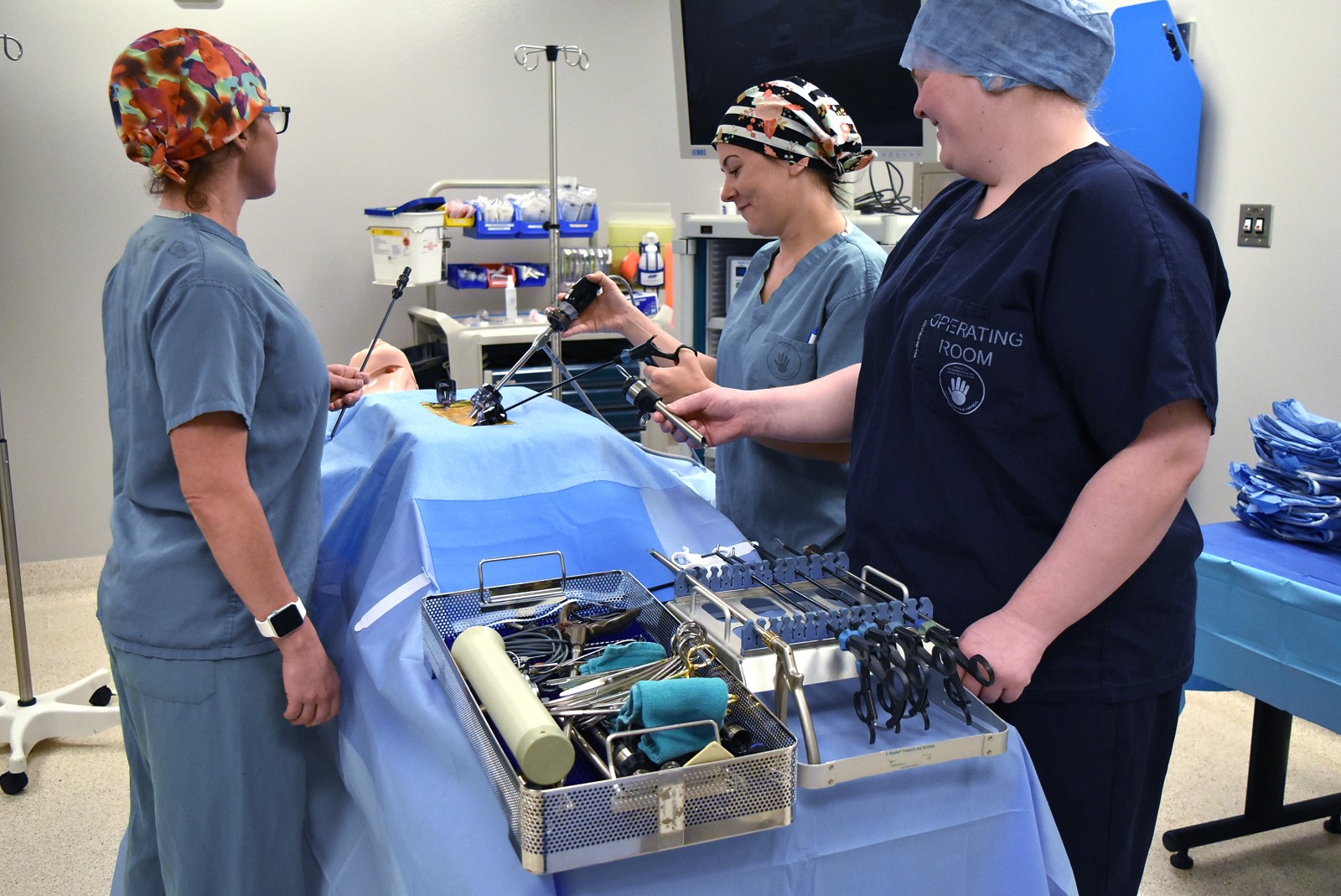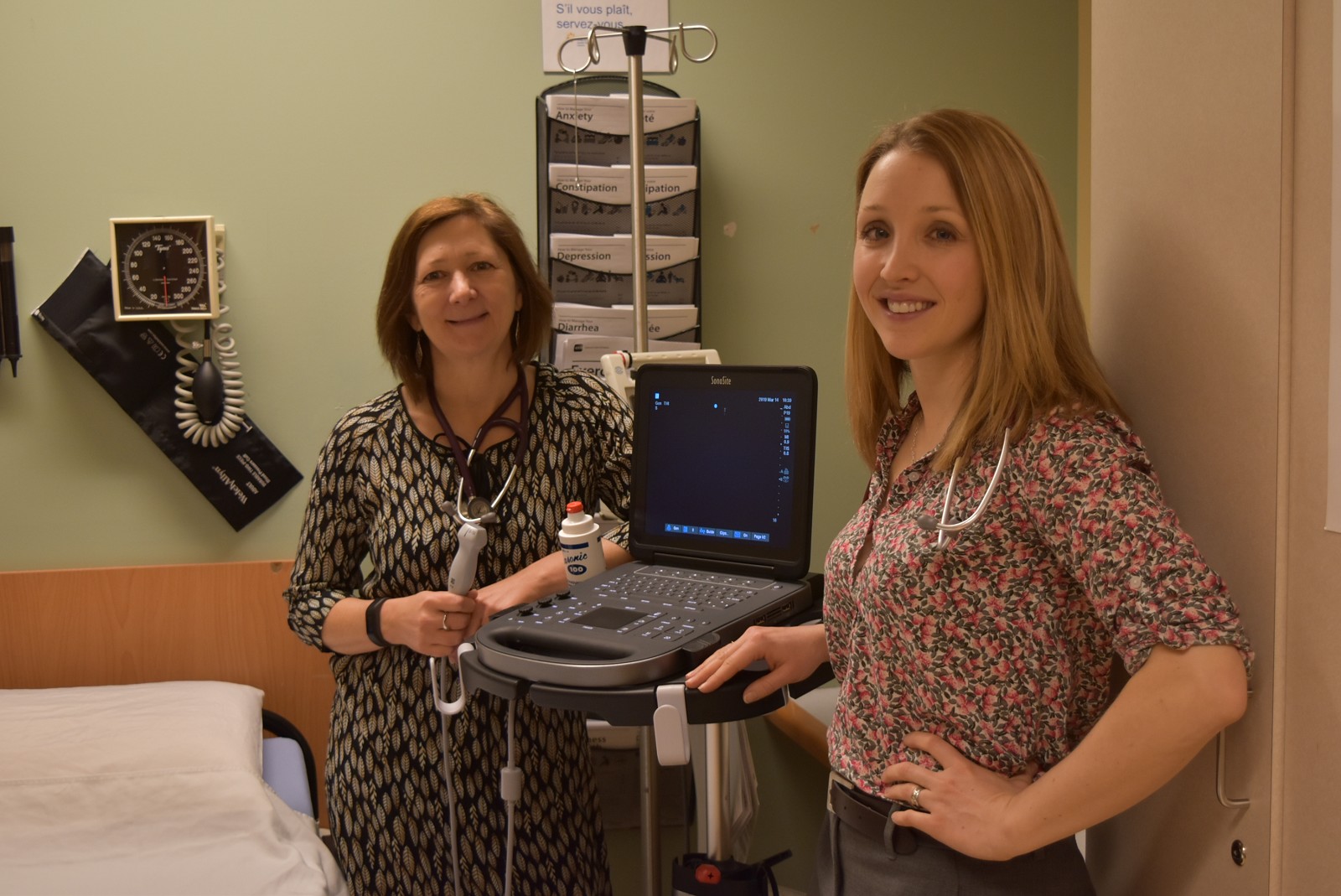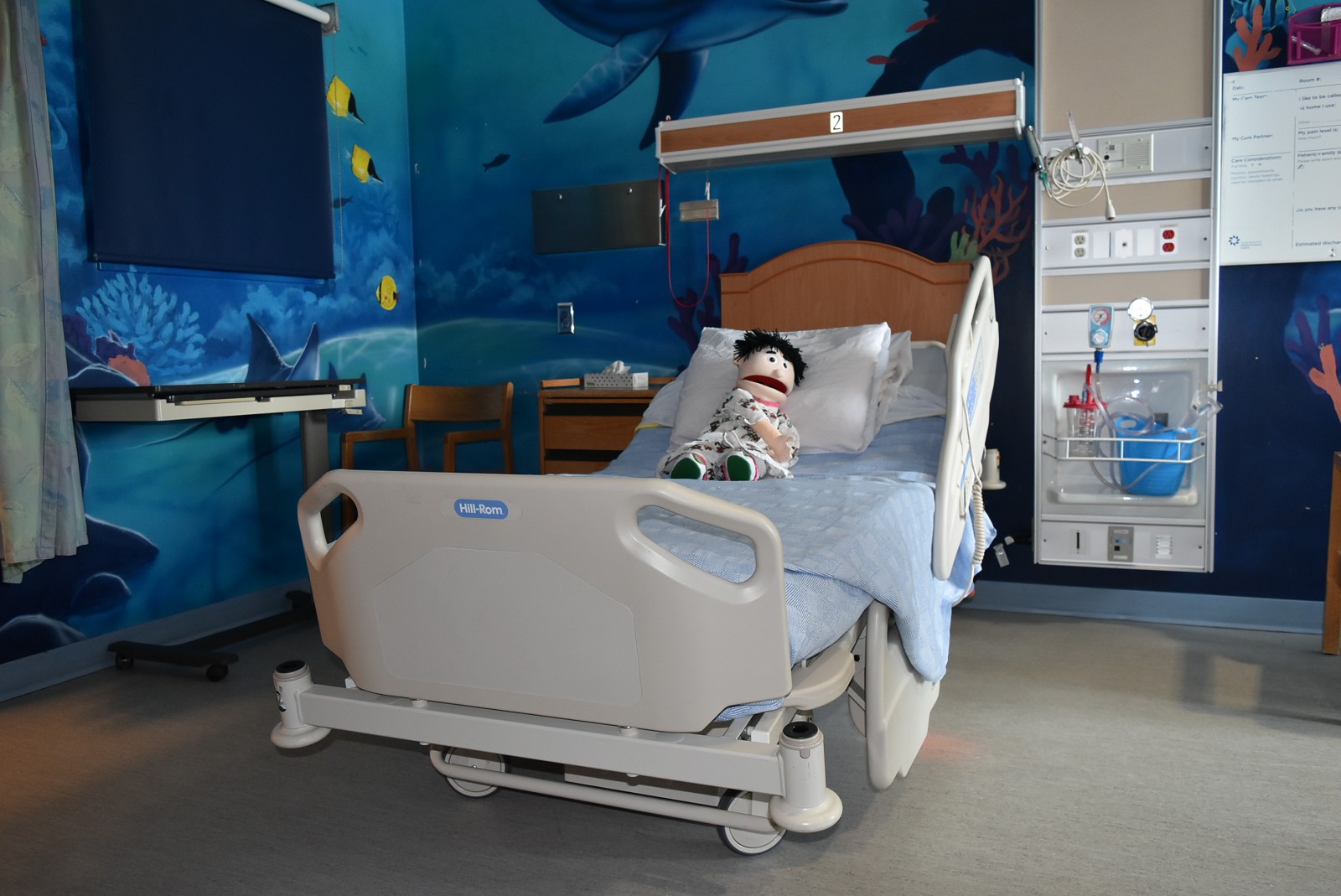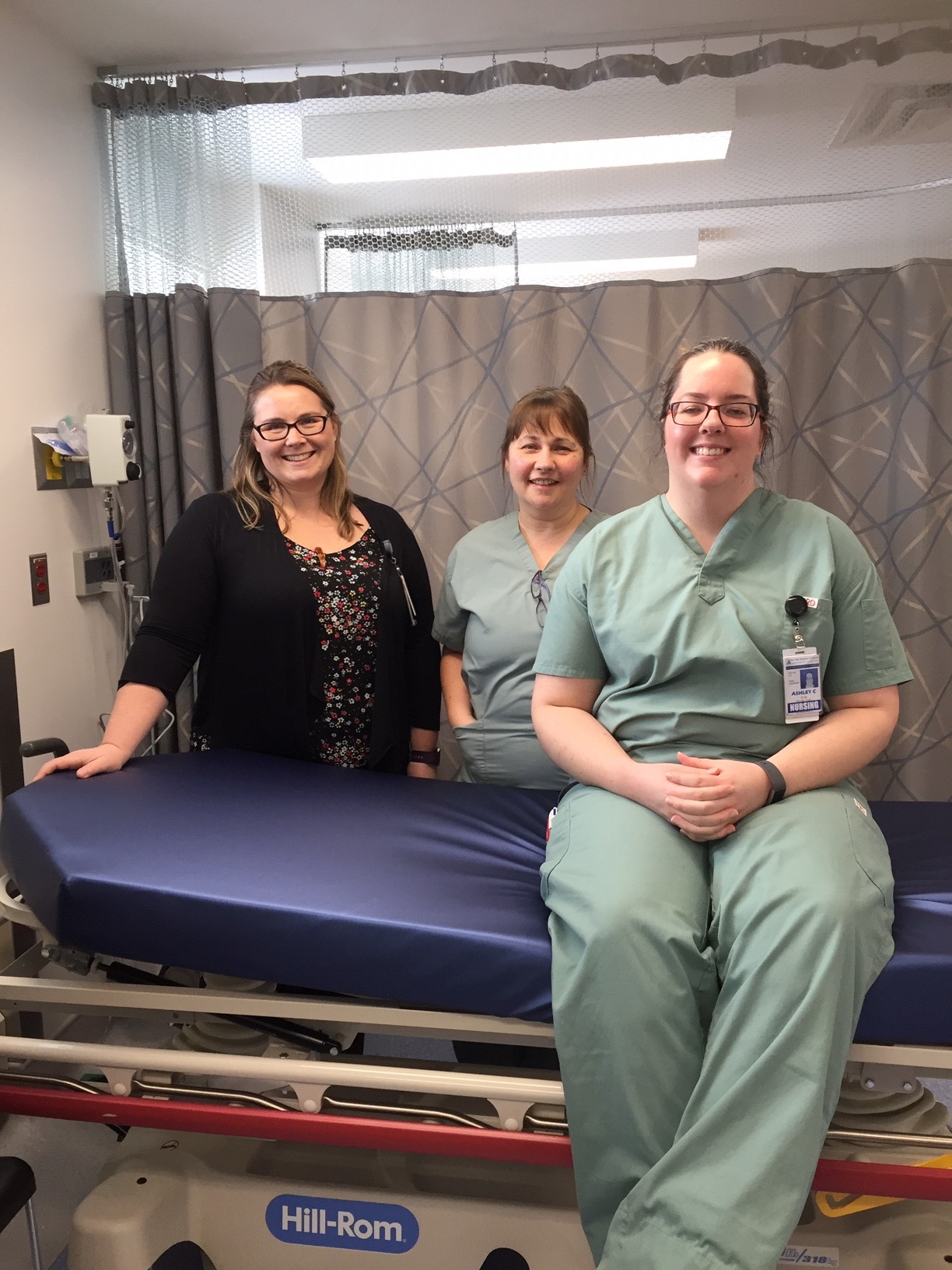Funding in 2018
Your donations directly funded essential patient care equipment & programs at the Thunder Bay Regional Health Sciences Centre.
Total Funded in 2018: $1,559,767
Simulation Program
(Interprofessional Education, $500,000)
Equipment for improving interprofessional skill levels and, in turn, patient safety
This simulation lab provides continuing interprofessional education by allowing staff to train together on procedures, research new procedures, and assess competency levels. By training in a simulation lab, health care professionals can improve skill levels in a safe environment, including rare but often life-threatening situations. Ultimately, this will lead to higher patient safety and improved outcomes.
Trauma Care Equipment
(Emergency Department, Trauma Care, Intensive Care Unit, Nurse-Led Outreach, $ 76,479.66)
Equipment for earlier intervention of trauma patients
The Thunder Bay Regional Health Sciences Centre admits approximately 1,350 trauma patients every year into the ICU. Many of these patients require fast treatment in the Emergency Department, inpatient rooms, and elsewhere before they are admitted. These treatments include blood and fluid replacement, defibrillation for heart attack patients, and ventilators to assist with breathing. This equipment replaces and upgrades ageing equipment to ensure continuum of care for patients.
Cast Cutter and Vacuum
(Ambulatory Care – Fracture Clinic, $5,060)
Equipment to remove casts and reduce wait times.
The Fracture Clinic removes approximately 40 casts per day. This new cast cutter and dust-reducing vacuum will double their capacity, ultimately leading to reduced wait times for patients.

Argon Electrical Surgical Unit
(Unit 3A & Endoscopy, $34,000)
Equipment to fight colorectal cancer earlier while increasing patient comfort
Colonoscopy helps detect colorectal cancers, but the equipment can often treat pre-cancerous conditions by snipping polyps before they progress to cancer. This new unit goes a step further, burning off cancer cells when caught in the earliest stages. Previously, this would have to be done in an operating room. The new procedure is faster, less invasive, reduces recovery time, reduces the need for medication, and improves patient comfort while reducing bottlenecks in the operating room.
Laparoscopic Instrumentation
(Operating Room, $61,484)
Equipment for minimally invasive surgery, which leads to better outcomes for patients
More surgeries today are done laparoscopically, a minimally invasive method using small incisions for tools and cameras to guide surgeons. This reduces recovery times and improves outcomes for patients compared to full-incision surgery. This equipment will upgrade and replace ageing instruments.
Surgical Equipment
(Operating Room, $87,782.41)
Equipment to maintain specialized surgical equipment for continued patient trauma care
The Thunder Bay Regional Health Sciences Centre is the highest level trauma centre in Northwestern Ontario, treating a wide range of traumas. This equipment for cataract surgery, prostate surgery, and electric drills will help the operating room meet existing and expanding needs.
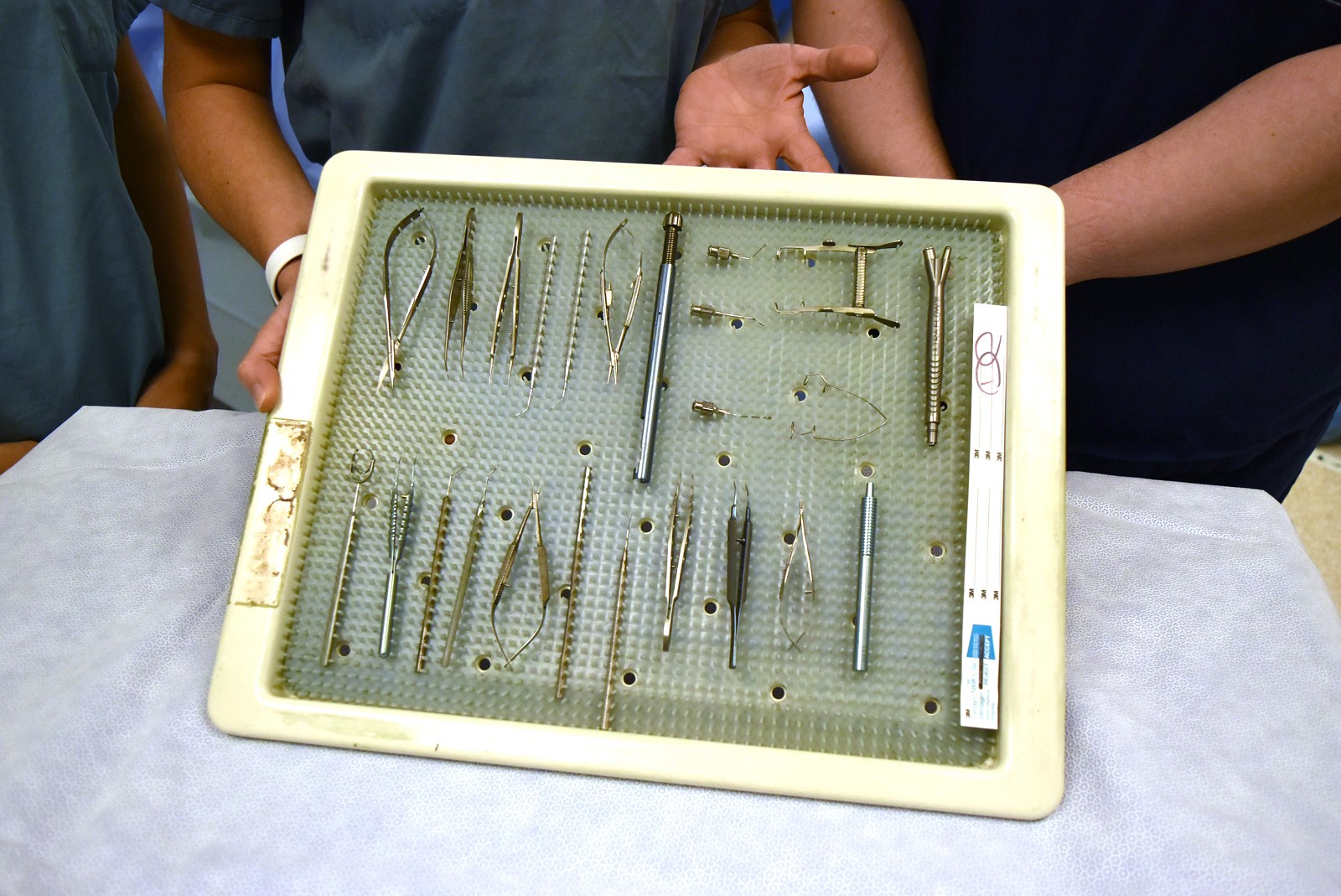
Infant Care Equipment
(Women & Children's Program, $17,772.73)
Equipment to improve infant care and mother's comfort
Three separate pieces of equipment help enhance infant care. A special breastfeeding chair for twins will allow mother to feed both babies at once. Two isolation cribs will help infants in NICU who require airborne isolation, but allows for easy access for nurses. A new ophthalmology kit for infants will allow paediatricians to better examine eyes during their newborn assessments, allowing them to see more of the eye and in greater detail.
Intra-Aortic Balloon Pump
(Cardiac Catheterization Lab, $105,000)
Equipment that helps the heart pump blood
Often patients with acute cardiac conditions cannot pump enough blood through their bodies, requiring immediate treatment. The intra-aortic balloon pump temporarily pumps blood for patients until they can receive a more permanent treatment.
PoCUS Ultrasound Unit
(Regional Cancer Care Northwest, $30,567)
Equipment for faster diagnosis of fluid build up
Patients who experience fluid build up need to have the fluid drained. Traditionally, that meant booking time in Diagnostic Imaging to get an ultrasound or advanced imaging to mark where the fluid is. This portable Point-of-Care Ultrasound (PoCUS) unit allows the health care provider to identify and mark the area faster for faster treatment and to reduce the workload in Diagnostic Imaging.
4D CT Viewer
(Regional Cancer Care Northwest, $12,240)
Equipment for better CT planning of radiation treatment
Certain cancer tumours can move in the body during radiation treatment, including, for example, lung tumours. This can reduce the effectiveness of treatment since radiation doses may not be delivered as intended. This new addition to the CT simulator enables detailed review of those movements, essentially tracking the tumour over time. With this software add-on, oncologists are better able to determine the best treatment approach, ultimately leading to improved patient safety and better outcomes.
Radiation Treatment Phantoms
(Regional Cancer Care Northwest, $31,999)
Equipment to verify radiation dosages
It is of utmost importance for patient safety that dose levels are routinely confirmed. Radiation treatment “phantoms” or test runs are used to mimic treatment conditions, sometimes separately and other times interactively with treatment units. These phantoms improve patient safety and potentially patient outcomes by ensuring that the patient has received the correct radiation dose (i.e. not too much and not too little).
Metal Artefact Reduction System
(Regional Cancer Care Northwest, $28,370)
Equipment to improve radiation treatment planning
CT scans are used before radiation treatment to determine the location, size, and density of the cancer tumour. However, certain items such as a hip prosthesis or dental implants can disrupt the CT image. The Metal Artefact Reduction System, as the name suggests, reduces the disruption for a clearer picture of the tumour. This leads to better treatment planning and ultimately better patient outcomes.
Infant Care Equipment
(Women and Children's Program, $83,851.09)
Equipment to outfit the Women and Children's Program
The Women and Children's Program oversees seven units including Labour & Delivery. This grant provides several pieces of equipment: an infant scale, an infant warmer to keep baby warm during newborn assessment, and two fetal telemetry monitors to monitor the baby's vital signs before birth and during delivery.
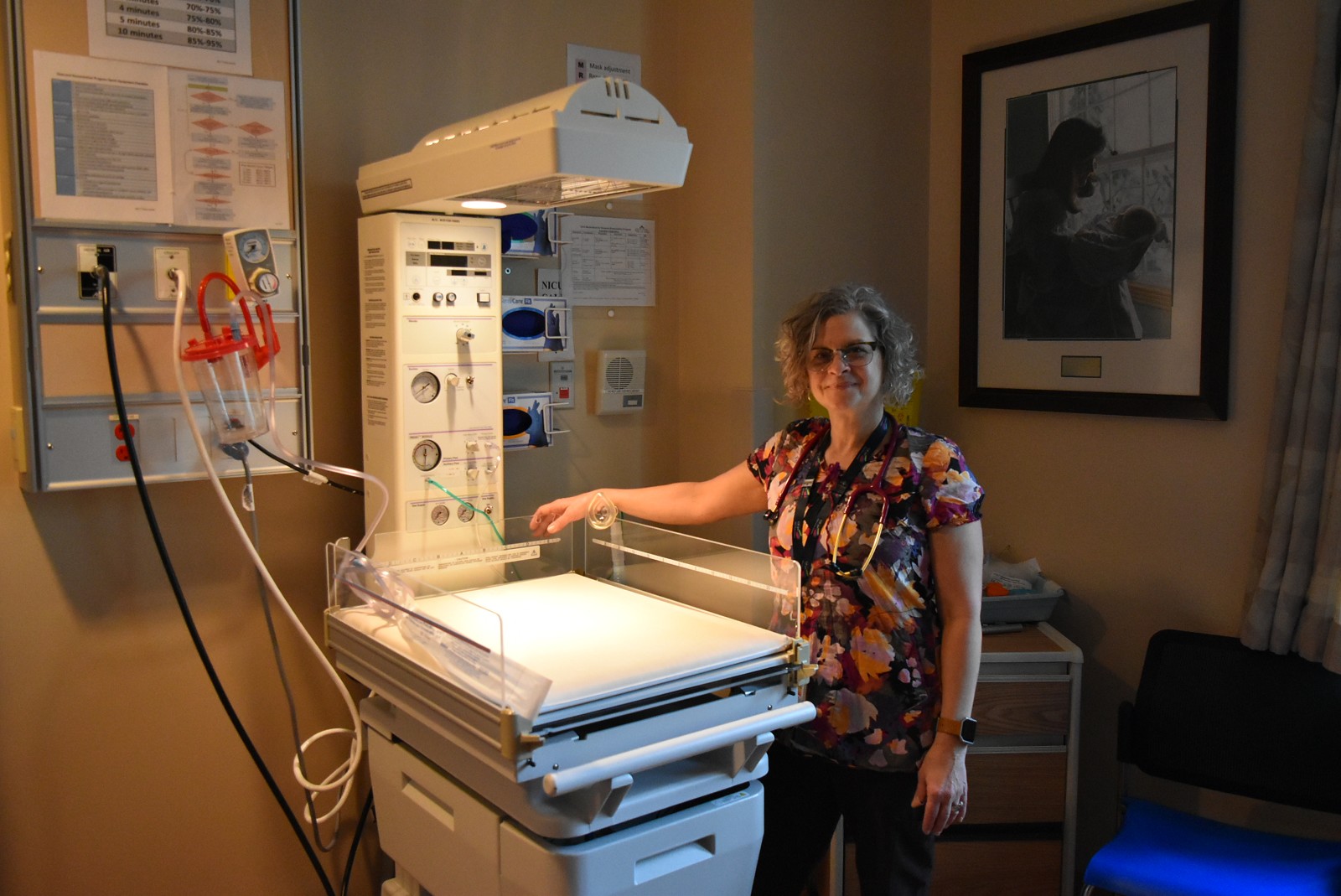
Paediatric Bed
(Women and Children's Program, $10,189)
Equipment upgrade and replacement for inpatients in the children's unit (Unit 1B)
Beds in the paediatrics unit (1B) are ageing and need replacing. The Women and Children's Program has developed a five-year replacement plan.
Endoscopy Scopes
(Diagnostic Imaging, $40,800)
Equipment additions to keep patient wait times down
Endoscopy scopes need to be sterilized between uses to eliminate the chance of infection. Recently, new guidelines suggested that centralizing the sterilization process within the Hospital would improve patient safety. However, these new guidelines will increase patient wait times. The addition of new scopes including four transvaginal transducers, one transesophageal transducer, and two neck scopes will minimize wait times due to these patient safety measures.
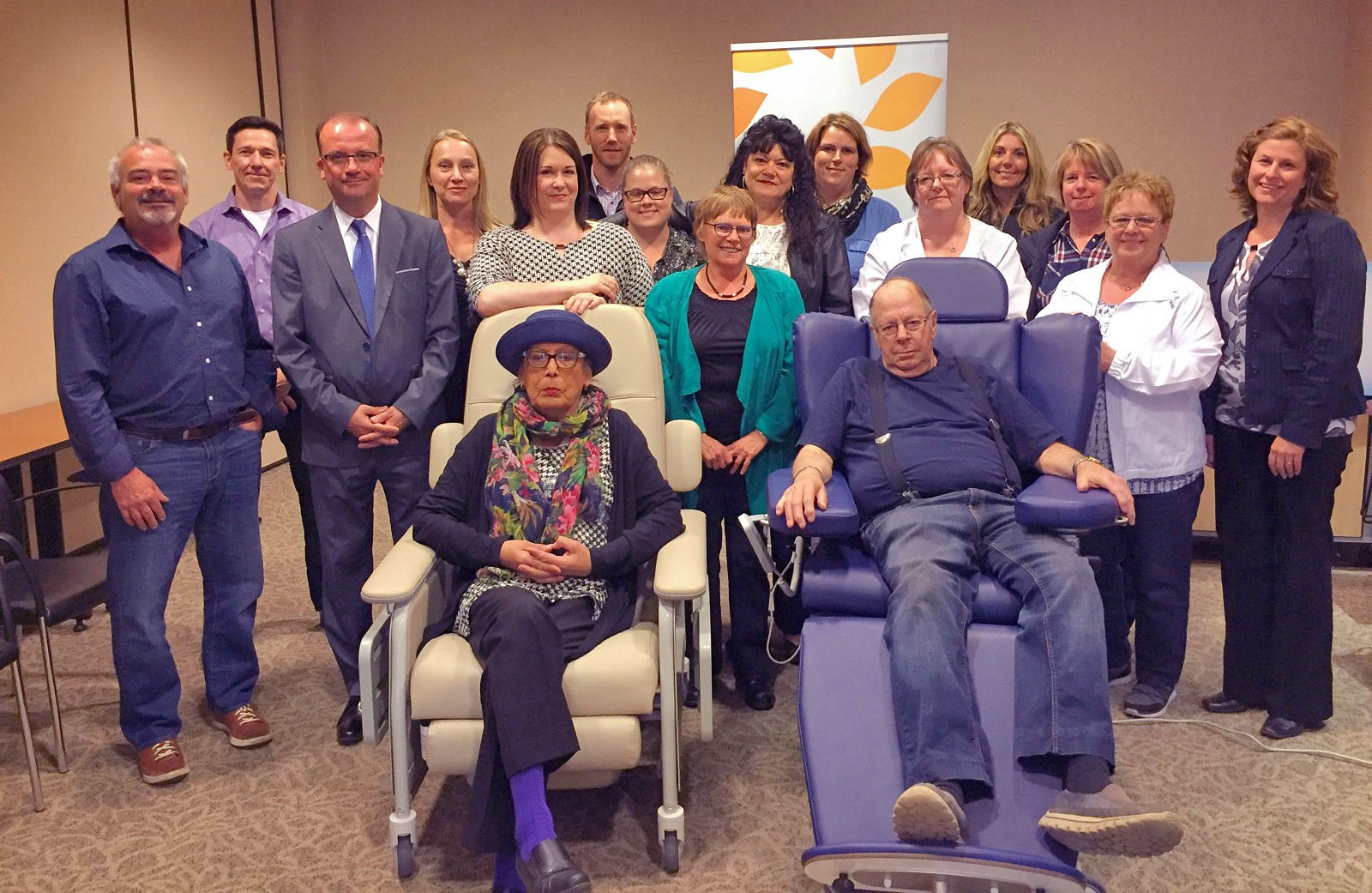
Hemodialysis Chairs
(Renal Services, $45,878)
Equipment to improve patient comfort during dialysis
Renal patients can undergo dialysis treatments for hours at a time, up to three days per week. That's a long time, especially if the chairs are uncomfortable. This grant provides seven upgraded hemodialysis chairs for the Renal Program in Thunder Bay, Fort Frances, and Sioux Lookout. All monies were raised directly from the annual Greek Supper Club fundraiser, held each October.
Patient Care Equipment
(Renal Services, $142,293.79)
Equipment to improve patient care and comfort for dialysis patients
This capital cost project replaces and upgrades several pieces of equipment to improve renal care and patient comfort. A new Primaflex system helps patients with short-term kidney injury, and can also help replace patient plasma with new, healthy plasma. The grant also provides for a portable ultrasound machine for positioning dialysis catheters, and replaces ageing equipment including three blanket warmers (two in Thunder Bay, one in Fort Frances), a clinical exam table, and a medication fridge.
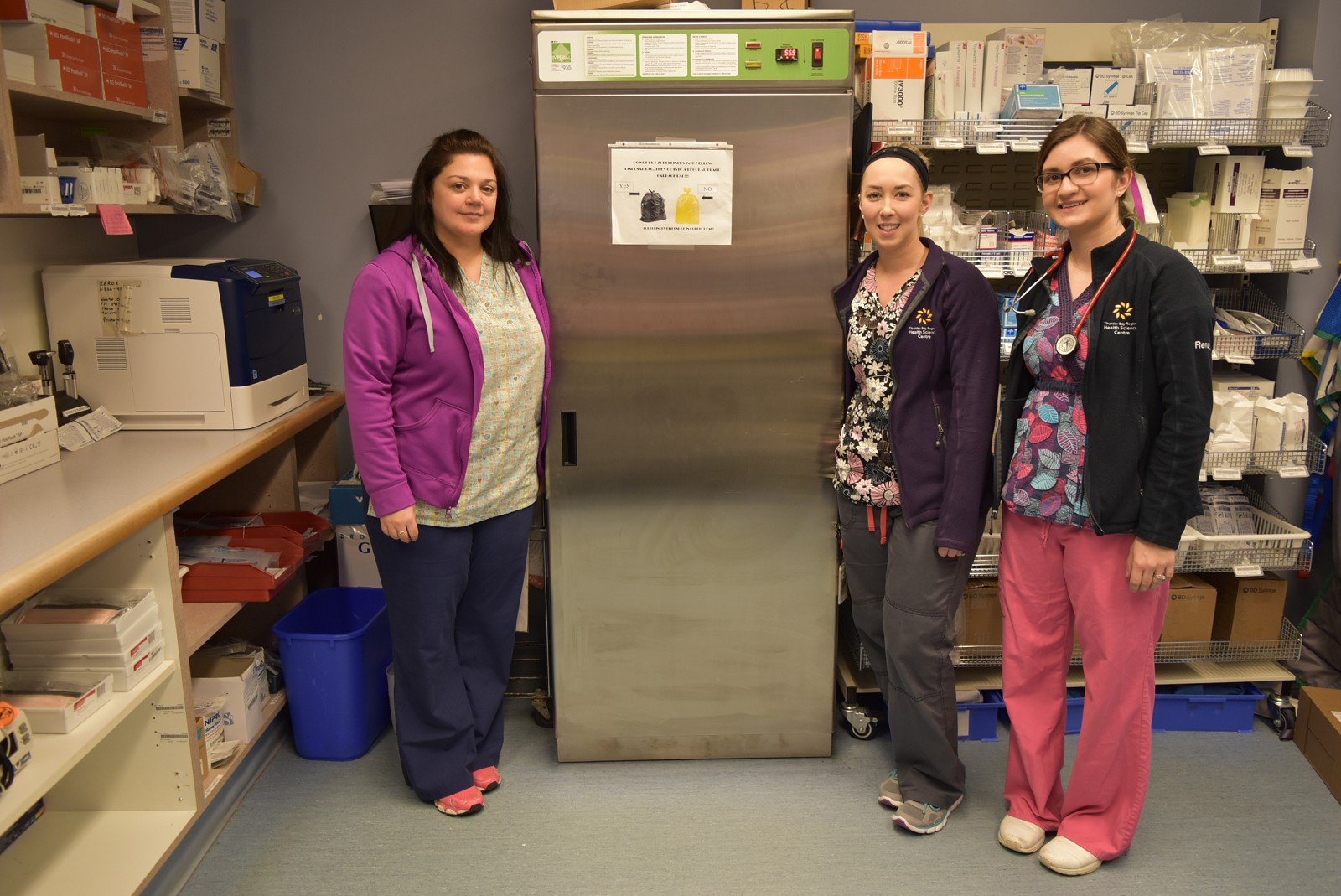
Post-Prostate Cancer Treatment Patient Assist Devices
(Operating Room, $233,000)
Equipment to improve quality of life for some prostate cancer patients
Many prostate cancer patients report incontinence or erectile dysfunction after surgery and/or radiation treatment. Devices including an artificial urinary sphincter and an inflatable penile prosthesis can help reduce the impact of these side effects. Currently, we do not have the capability to implant these devices in Northwestern Ontario, so patients must travel to southern Ontario for the procedure. This grant brings these services closer to home.
Equipment Funded in Regional Hospitals
In addition to funding equipment at the Thunder Bay Regional Health Sciences Centre, your donations provided essential equipment in Red Lake and Hearst. Each year, different communities receive funding thanks to your generosity. In 2018, the following grants were funded.
Stretcher
Red Lake Margaret Cochenour Memorial Hospital ($11,175)
Equipment for endoscopy (colorectal screening) program
Previously, Red Lake's endoscopy program would have to find a stretcher from another patient area for each colonoscopy. This potentially added to wait times to locate a stretcher, and could lead to bed shortages. Not only will a dedicated stretcher streamline the procedure, it provides the hospital with an extra stretcher during over-capacity situations.
Angela Bishop, CEO, Red Lake Margaret Cochenour Memorial Hospital commented, “The donation of funds for the stretcher means that we were able to purchase a dedicated stretcher for the endoscopy program rather than removing from other patient care areas; the additional stretcher also expands the hospital's capacity to respond to over-capacity situations. The RLMCMH is very grateful for the support for our cancer screening colonoscopy program.”
Bedside Computer
Hearst Hôpital Notre-Dame ( $1,825.96)
Equipment for the chemotherapy program
The chemotherapy program in Hearst required a new computer to handle orders and documentation related to patient care. The HP EliteOne computer will remain at the patient bedside so the health care provider does not have to leave the patient to input orders and data.
Josée Mitron, Executive Leader, Long Term Care and Outpatient Services at Hopital Notre-Dame Hospital commented, “Recent attention in health care has been on the architectural design of the department, including its technology and equipment and its effect on patient safety. To ensure we can continue to provide the safe and correct transmission of orders and documentation, we required a new computer. Thanks to this grant, the computer will be located in an area next to the patient so the caregiver does not need to leave the bedside, providing safer patient care. We are very thankful to the Northern Cancer Fund for this grant that will allow us to enhance the cancer care we provide in Hearst.”
